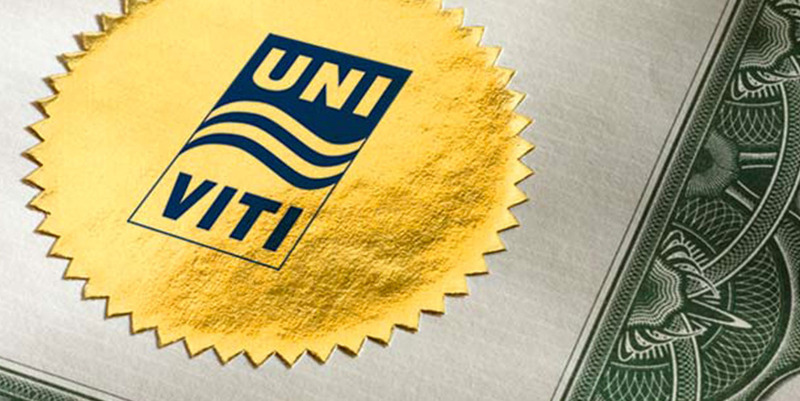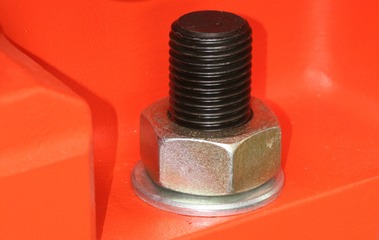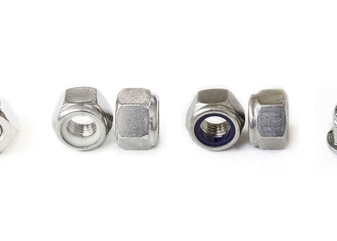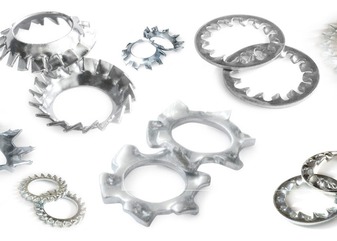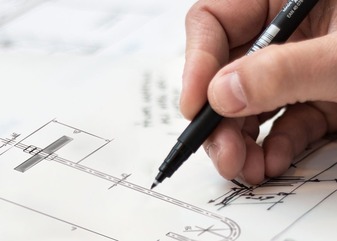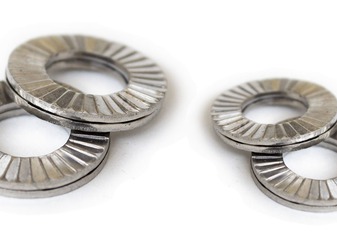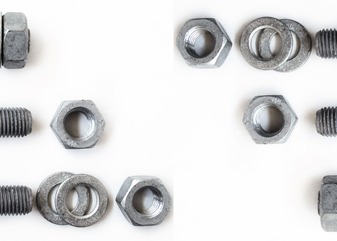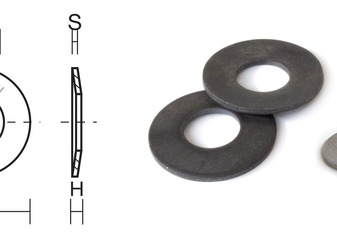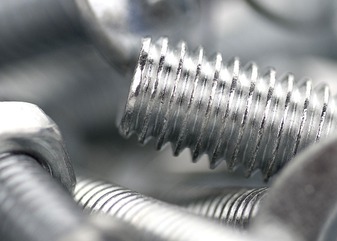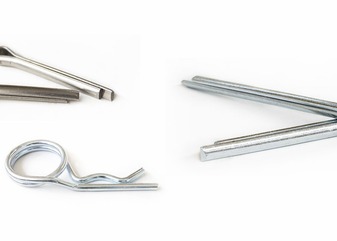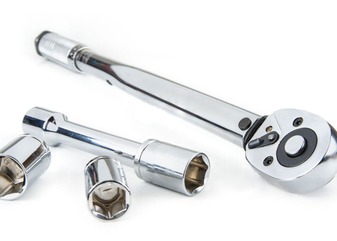The certification 3.1 falls within the EN 10204 regulation, which governs the different types of documentation to be issued to the buyer.
This specific certificate is drafted by the manufacturer, with the purpose of attesting the conformity of the material, based on tests carried out directly on the batch and material used.
Generally, in sectors such as plant engineering, construction, and infrastructure development, this certificate is requested to ensure the correct product tracking and supply chain, in accordance with the UNI EN 1090 regulation that governs the construction sector.
This document lists and elaborates the following points:
- The steel plant that cast the material
- The buyer
- Type of material and its code
- Identification of the batch and casting
- Chemical composition of the casting
- Results of the strength tests (elasticity, breakage, hardness)
- Dimensional reference standards
To receive this document, it is necessary to specify it to the manufacturer/supplier during the quotation phase, and subsequently when ordering. This way, during the preparation, there will be control over the batches, avoiding inconsistency between the material supplied to the customer and the corresponding certificate issued.
In some cases, it is not possible to issue this specific documentation, for example, in items like washers, there is no possibility to perform mechanical tests due to the size and limited surface of the part.
Subscribe to our newsletter to stay updated on the latest industry news.
 Added to quote
Added to quote